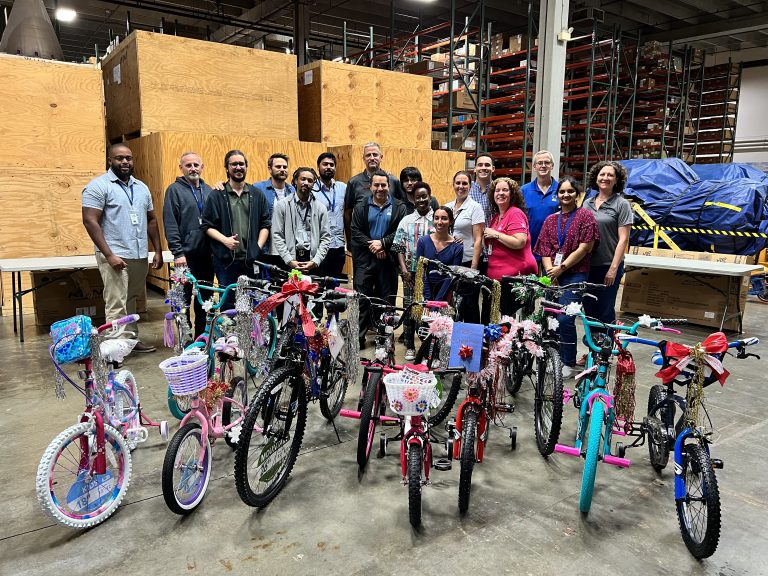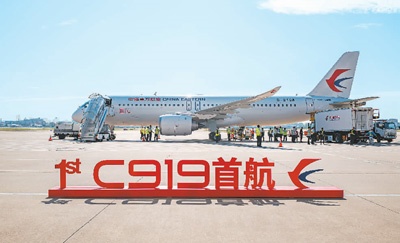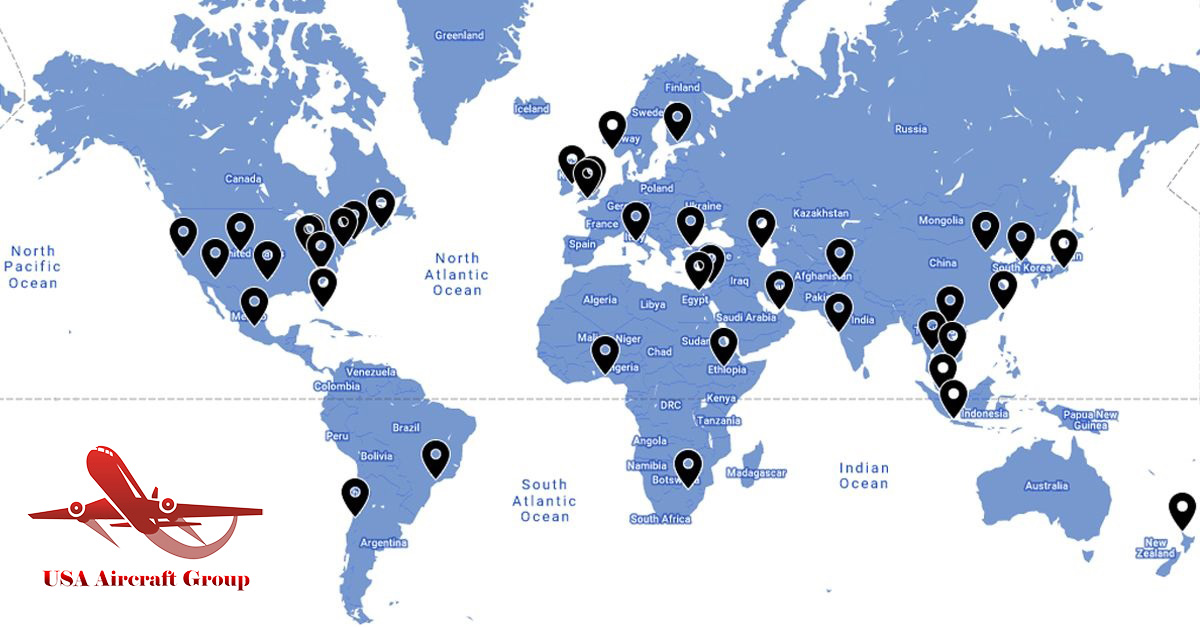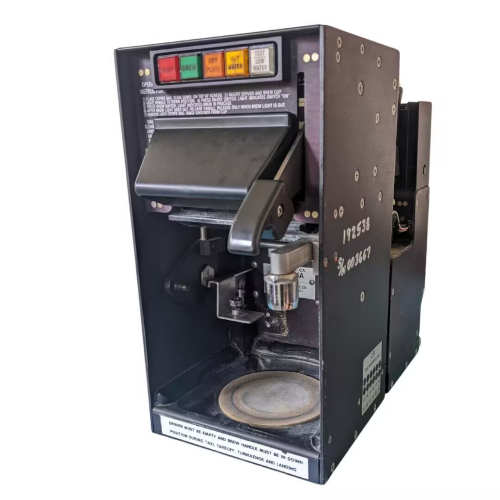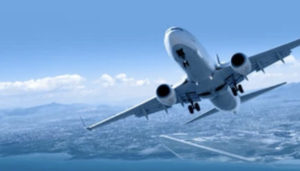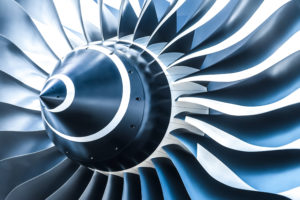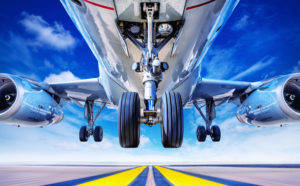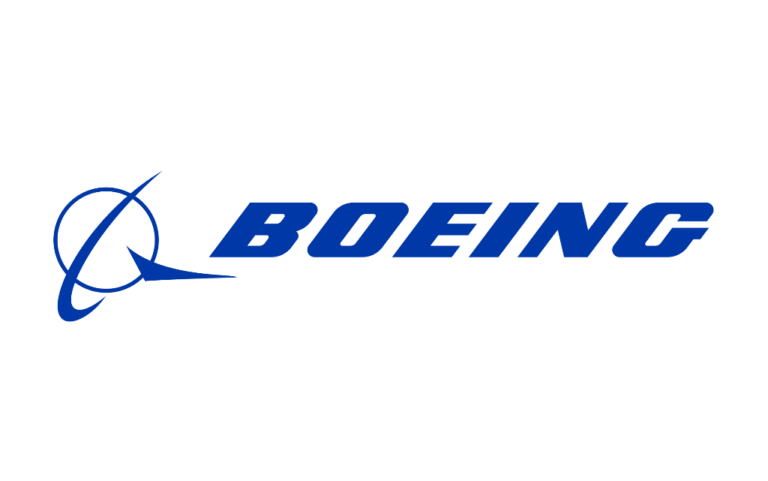Press Releases

Simulated flight-USA Aircraft Group Corporation
Date: 2025/11/10
Whether it is a "full-motion flight simulator" for professional training or a "flight rocker" for home use, its core is to reproduce the driving environment of a real aircraft as realistically as possible.We will introduce it from the following aspects:
1. Level and type of simulated cockpit
2. Detailed explanation of the core components
3. Simulated cockpit application scenarios
4. How to get started and choose
---
1. Level and type of simulated cockpit
The complexity and price range of simulated cockpits is extremely wide, and is mainly divided into the following categories:
·Full motion flight simulator:
·Level: The highest level, mainly used for airline pilot training and re-training.
·Features: It has a complete 1:1 cockpit replica installed on a hydraulic or electric motion platform that can simulate all attitudes of the aircraft such as pitch, roll, yaw, and bump. Strict certification by civil aviation authorities (such as FAA, EASA) is usually required.
·Price: tens of millions to hundreds of millions of yuan.
·Fixed base simulator:
·Level: Intermediate and advanced, used for program training, instrument flight training, etc.
·Features: It has a complete cockpit and visual system, but no sports platform. The cost is much lower than a full-motion simulator, but it is equally effective in program training.
·Price: hundreds of thousands to millions of RMB.
·Entertainment/Home Simulator:
·Level: Amateur, flying enthusiast.
·Features: Players build or purchase finished products themselves, using consumer-grade hardware and software. It can be a simple "rocker + display" combination, or it can be a highly customized complex simulation cabin with multiple displays and real aircraft parts.
·Prices: ranging from several thousand yuan to hundreds of thousands of yuan.
---
2. Detailed explanation of the core components (taking the intermediate and high-level home simulation cabin as an example)
A fully functional simulated cockpit usually contains the following core components:
a. Hardware platform/cockpit structure
This is the "skeleton" of the simulation module. It can be a simple desk or a specially customized simulation module shell. Advanced players will even use aluminum profiles or wood to build a 1:1 cockpit frame according to the drawings of real aircraft.
b. flight control system
This is the part with which pilots interact most frequently.
·Joystick/side stick: Controls the pitch and roll of the aircraft. Modern passenger aircraft such as the Airbus A320 use side poles (located to the pilot's side).
·Steering wheel/steering wheel: Traditional passenger aircraft such as the Boeing series use the steering wheel to also control pitch and roll, but the operating feeling is different from the side stick.
·Rudder pedal: controls the turning of the aircraft when taxiing on the ground and the yaw when flying in the air (cooperate with ailerons to complete coordinated turning).
c. Instrument display system
·Main display: It can be a single large size display, an ultra-widescreen with multiple monitors spliced, or a surround view created by a projector. Used to display the scene outside the window.
·Instrument screens: Dedicated to displaying the aircraft's "glass cockpit" interface, such as Boeing's display screens or Airbus's ECAM/EFIS systems. Usually an additional touch screen or tablet is used, driven by software.
·Physical instruments: Players who pursue extreme authenticity will install real or imitation physical instruments, such as airspeed gauges, altimeters, attitude gauges, etc.
d. Avionics and Systems Control Panel
This is the soul of the simulation cabin, allowing players to truly "manage" the aircraft.
·Autopilot panel: used to set autonomous driving parameters such as altitude, heading, speed, and vertical speed.
·Radio management panel: controls the frequencies of communication stations and navigation stations.
· MCP / FCU: The mode control panel or flight control unit is the core input device of the autonomous driving system.
·Throttle station:
·Including throttle levers, flap handles, speed brakes, landing gear levers, etc.
·For multi-engine aircraft, the throttle station can independently control the thrust of each engine.
·This is one of the key devices that distinguishes "games" from "simulations".
e. software system
Hardware requires software to drive it.
·Simulated flight platforms: such as Microsoft Flight Simulator 2020 (realistic pictures and global online streaming of landscape), X-Plane 12 (highly respected flight dynamics models), Prepar3D (based on Microsoft ESP platform, mostly used in professional fields).
Aircraft plug-ins: The default aircraft model is usually relatively simple. High-quality paid plug-ins (such as PMDG, Felix, Aerosoft, etc.) will deeply simulate all system, avionics and flight characteristics of a specific aircraft model, making it extremely realistic.
·Assistive software: used to manage aviation charts, air traffic control, connect external tablets as instruments, etc.
f. Assistive devices (enhance immersion)
· Buttkicker /tactile feedback device: Mounted under the seat, it converts in-game sounds (such as engine vibration, airflow, landing gear retraction and retraction) into physical vibration, greatly enhancing immersion.
· VR Helmet: Provides an unparalleled immersive experience that makes you feel like you are actually sitting in the cockpit and can naturally turn your head to check the instruments and the view outside the window.
·Sound system: A high-quality surround sound system can accurately locate the source of sound, such as engine sound, wind noise, tire ground sound, etc.
---
3. Simulated cockpit application scenarios
·Professional pilot training: This is its core application, allowing you to familiarize yourself with cockpit procedures and respond to various faults and severe weather in a risk-free environment.
·Flight enthusiast experience: Let ordinary people experience the fun of flying and traveling around the world.
·Program learning and familiarization: Help pilot students or aviation enthusiasts learn standard operating procedures for specific aircraft types.
·Games and entertainment: As an in-depth simulation game.
---
4. How to get started and choose
If you are interested in aircraft simulation cockpits, you can follow these steps to get started:
1. Start with software: Start by purchasing a mainstream flight simulation software (such as MSFS 2020) and a common flight rocker. This is the cheapest way to get started.
2. Learn basics: Learn basic flight principles and instrument recognition through tutorials within the software and a large number of resources on the Internet.
3. Gradually upgrade your hardware: When you are sure you love this hobby, you can gradually add:
·The next most important equipment is the rudder pedal.
·Then there is the throttle station.
·Consider multiple displays, tactile feedback, physical panels, etc.
4. Determine your "dream aircraft": Focus on your favorite aircraft (such as a Boeing 737 or Airbus A320) and then purchase targeted hardware and software plug-ins to build a more professional and realistic simulation cabin.
5. Join the community: There are many active flight simulation communities online, where you can get endless help, resources and inspiration.


